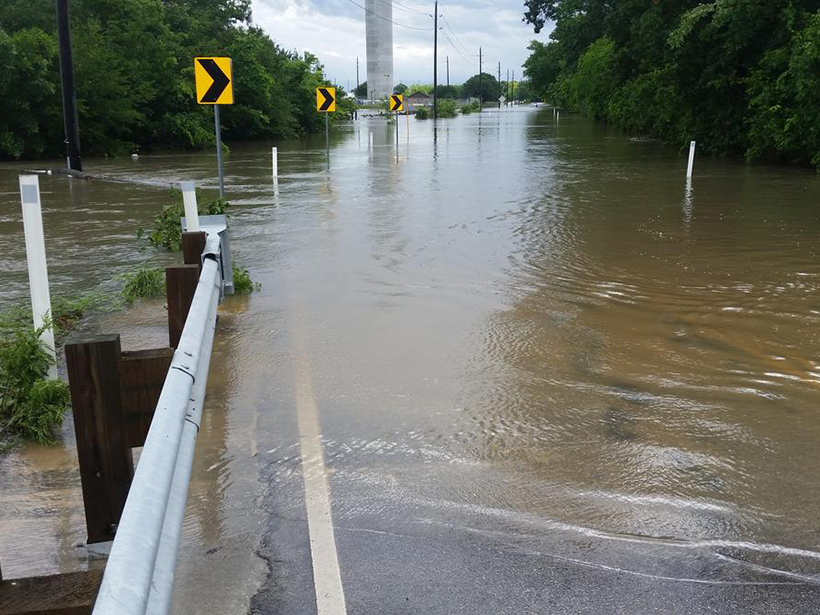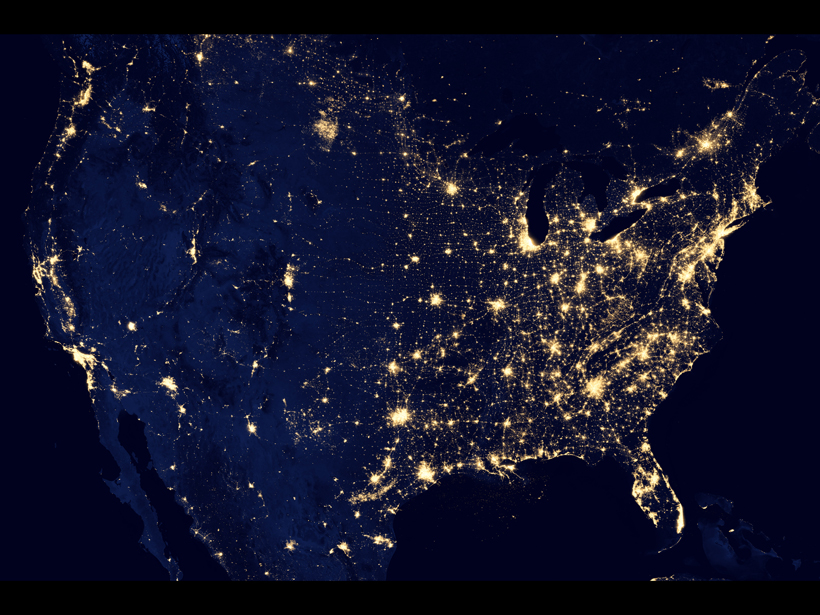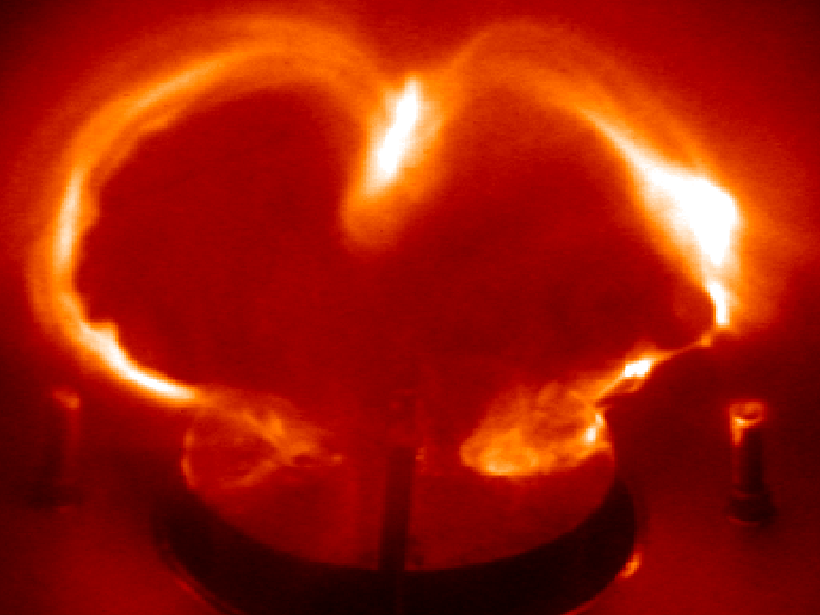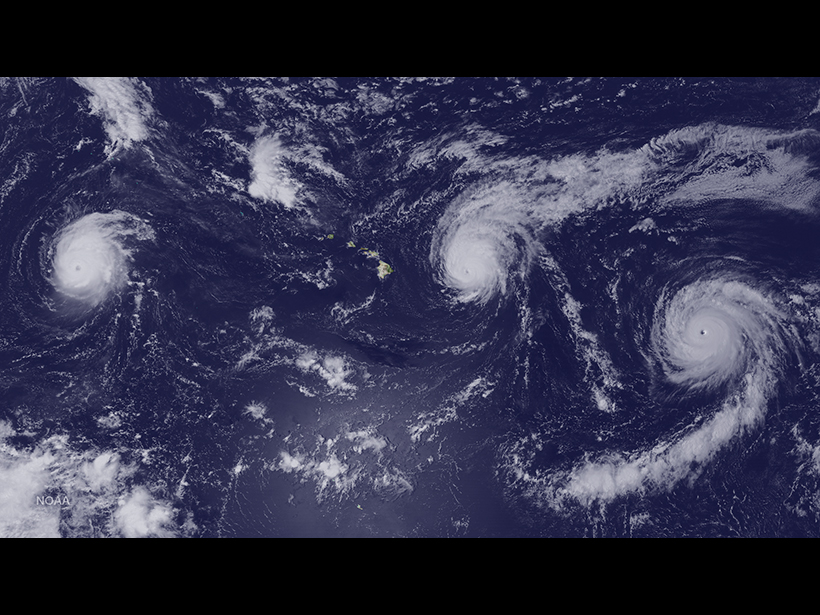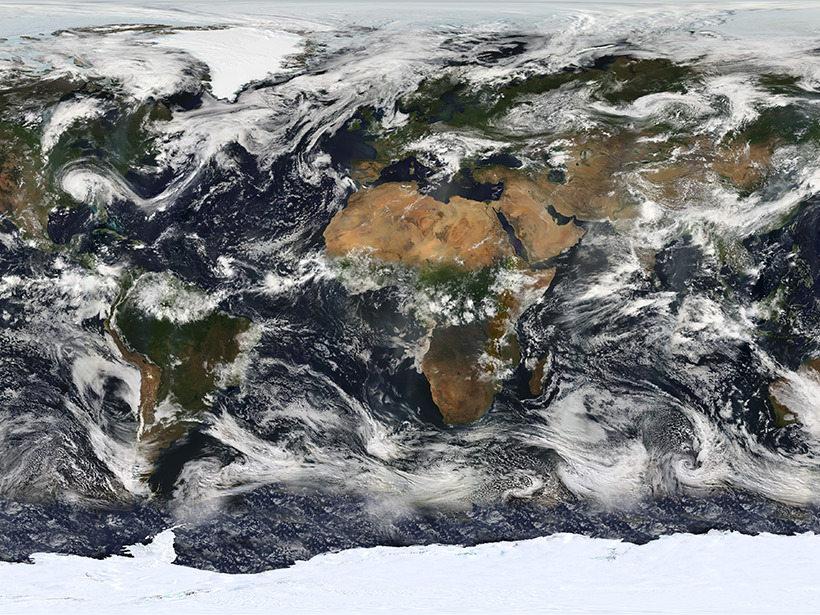As floods become more frequent around the globe, scientists work to pinpoint what puts certain regions at risk.
Geophysical Research Letters
Major Ocean Circulation Pattern at Risk from Greenland Ice Melt
The current warming trend could mean the collapse of ocean's global conveyor belt, which would have far-reaching effects on climate around the world. But this collapse could still be avoided.
East of Japan, Upper Ocean Waves Follow a Seasonal Cycle
The seasonality of fine-scale, near-surface ocean dynamics raises important considerations for an upcoming satellite mission to measure global sea surface height.
Gulf Stream Destabilization Point Is on the Move
Westward migration of the wavelike Gulf Stream pattern could have big effects on ocean mixing and heat transport off the U.S. East Coast.
High-Resolution Ocean Model Captures Large-Scale Heat Transport
A lower-resolution model is sufficient to capture air-sea interactions, but a high-resolution model better simulates average sea surface temperatures in the North Atlantic.
Air Pollutant Plays Lesser Role in Climate Change Than Expected
Satellite data indicate that pollution control efforts that curbed levels of sulfur dioxide gas did not cause a major decrease in carbon dioxide absorption by plants.
Mapping Geoelectric Hazards Across the United States
Variations in Earth’s magnetic field can induce electric fields in the ground, driving damaging currents through our power grids.
Lab Experiment Tests What Triggers Massive Solar Eruptions
In a first-of-its-kind demonstration, scientists provide experimental support for a possible mechanism behind the formation of coronal mass ejections.
Why 2015 Was a Big Hurricane Year for the Eastern North Pacific
Record-breaking oceanic and atmospheric conditions led to a remarkable season in a key Pacific hurricane development region.
Eliminating Uncertainty One Cloud at a Time
The impact of clouds on climate change has been a scientific mystery for decades. Now researchers are fighting to gain the upper hand.

